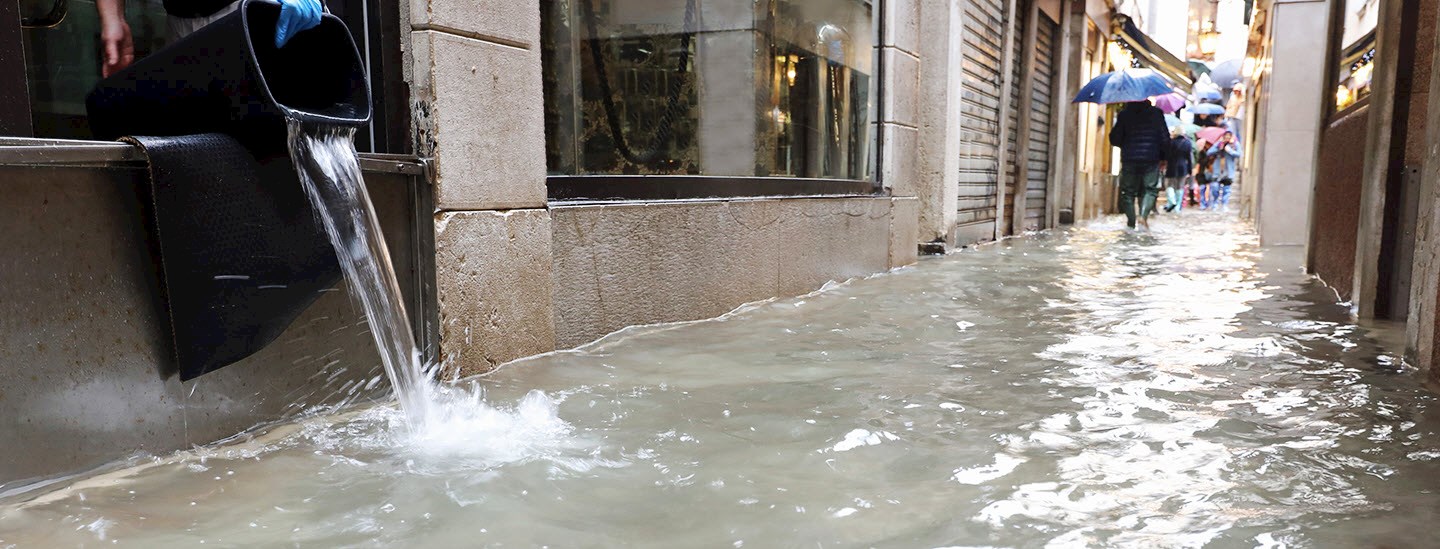Having a business continuity and disaster plan will help to minimize business interruption before and after a flood. Below, we outline how to prepare your business with or without advanced flood warning, as well as steps on filing a flood insurance claim.
- Planning for your business's safety before a flood
- Post-flood recovery guidelines for your business
- Filing a commercial insurance claim
Planning your business's safety before a flood
Flooding has surpassed forest fires as the top cause of property damage in Canada in the past several years, costing property owners more than $1 billion in losses each year, according to government figures. You don't have to be in a high-risk flood area to be affected by flooding.
Many standard insurance policies don't typically cover flood damage, so you should review all coverage, communications and business continuity plans with your Gallagher representative. While flood season varies between geographical locations and times of the year, it's never too early to consider purchasing flood insurance for your policy.
We recommend having a business continuity plan in place, which can significantly improve your business's chance of recovering from a flood or other disaster.
Did you know?
Flood coverage is not automatically included in a Business Insurance policy, but can be purchased for an additional premium — but coverage is subject to a significant deductible. Contact your Gallagher advisor for more information.
Emergency response team and business continuity planning for flood preparedness
You can reassess communications with your emergency response team in preparation for any flood. The best protection is to have a solid natural-disaster plan in place.
- Meet with your emergency response team to make sure team members understand the plan and their roles.
- Review the Flood Preparedness Checklist of actions to take before, during and after a flood.
- Review, revise and distribute your internal communication plan to ensure employees know what to do and where to go for information if a flood occurs.
- Make sure your business is equipped with items on the Disaster Supply List.
- In the event of a facility closure or evacuation, be prepared to bring essential items.
- Complete the Policy and Claim Reporting Information Directory with information about each related policy.
- Store photos and/or videos that document your assets and equipment offsite or online.
- Verify that all the contacts on the Emergency Resource List are current.
- Update your Crisis Communications Planning Checklist.
- Review steps for communicating with employees in the Social Media and Disaster Communication Checklist.
These documents are to help ensure your employees understand what to do in a flood or where to go for information.
Flood business preparations when flooding is likely
Sometimes flooding is predicted, such as before a tropical storm or hurricane. If a governmental agency forecasts flooding, follow the flood preparation items in the lists below.

